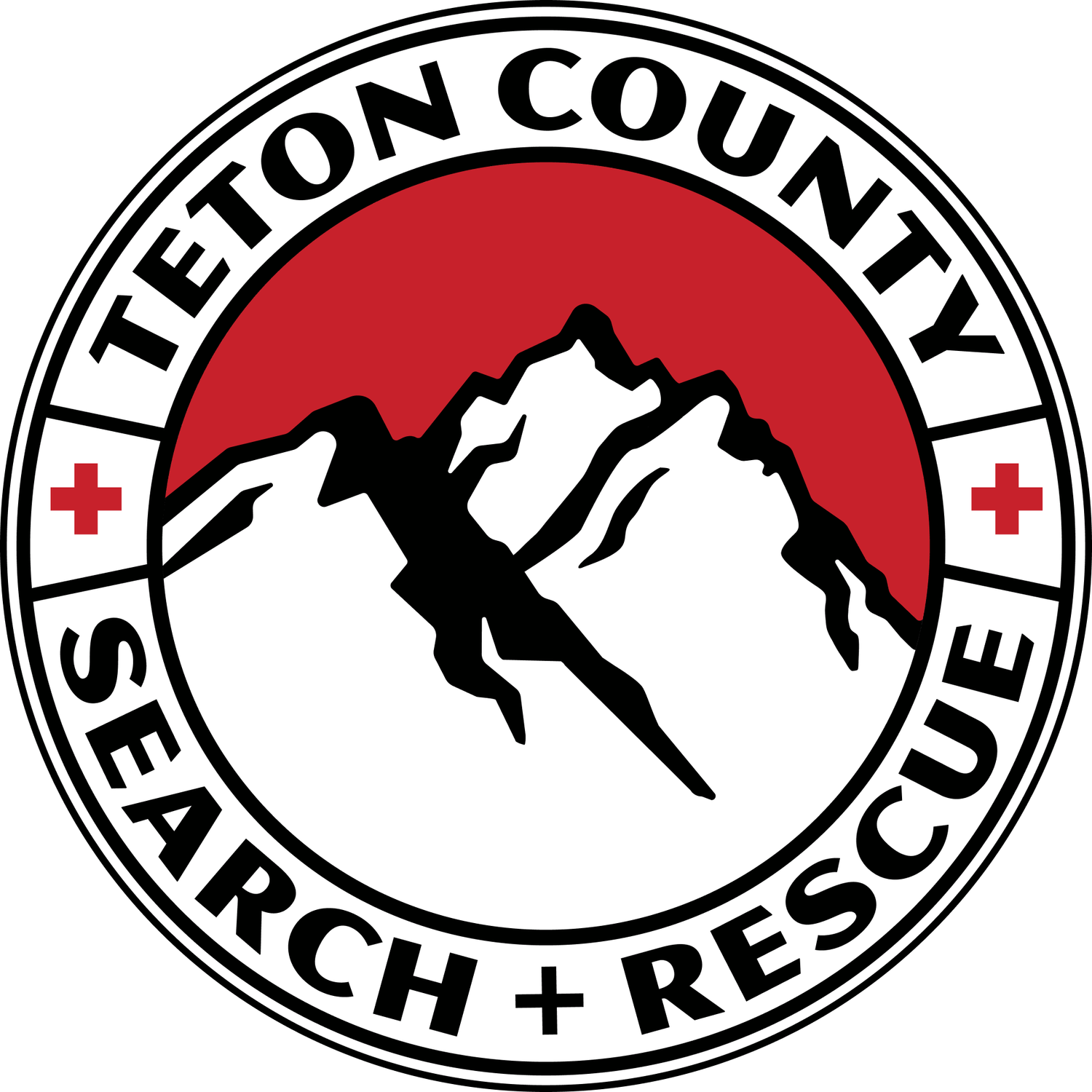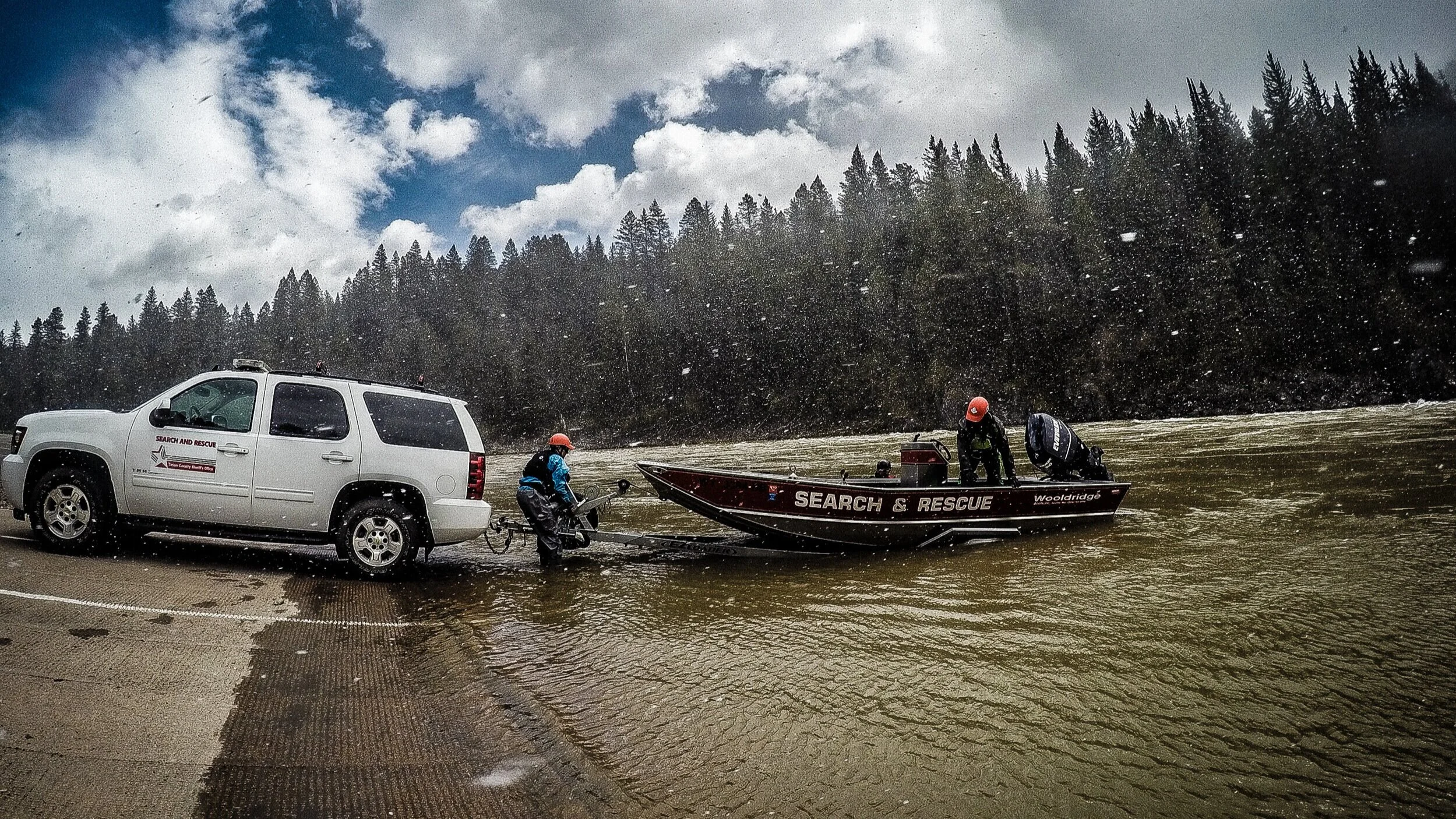Just after 5:30 p.m. on Wednesday, May 7, a 26-year-old local male became injured after crashing during a speed-wing flight south of Jackson.
Unlike a typical paraglider, a speed wing is a small, lightweight flying setup that is intended to be flown at high speeds in close proximity to the ground or other features. In this case, it appeared that the man had crash landed near the bottom of the mountain near Horsethief Canyon.
The wheeled litter is a key piece of equipment for TCSAR during the warmer months in Jackson Hole. In this case, the team used it to transport an injured speed flyer out of the backcountry near Horsethief Canyon on May 7, 2025. Photo: TCSAR
An emergency call was placed, prompting a response from Teton County Search & Rescue. A team of volunteers drove to the base of Horsethief and accessed the patient by foot, about a 10-minute jaunt from the parking lot. The team assessed the man’s condition, placed him in the wheeled litter, and transported him out of the backcountry. A family member then drove the patient to higher medical care.







